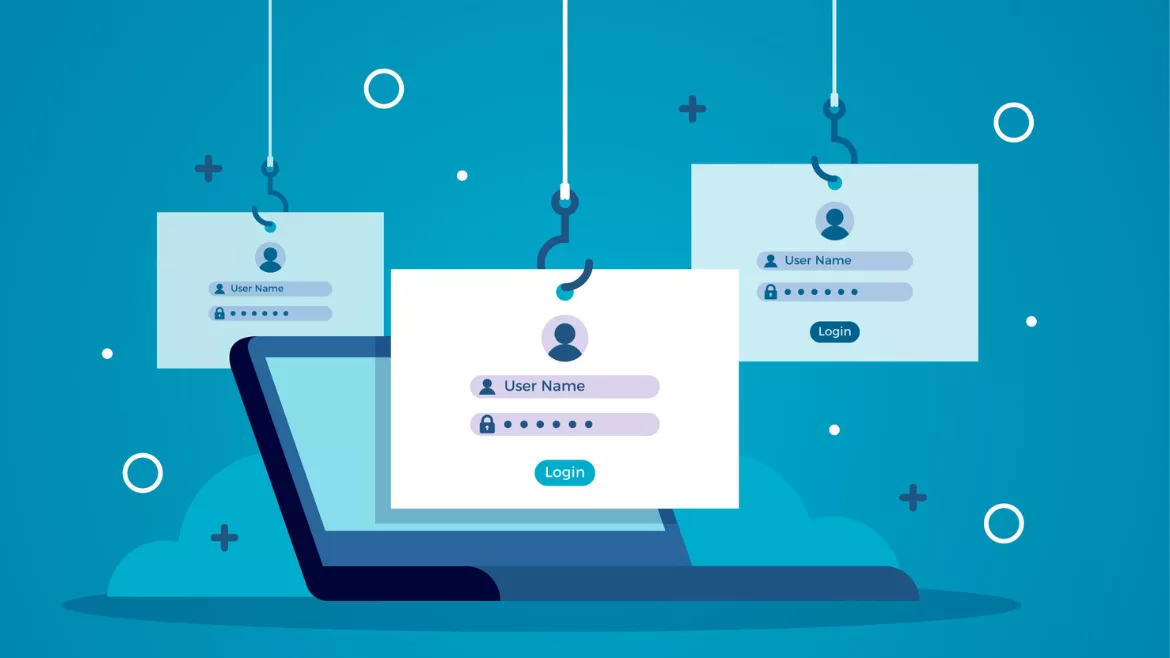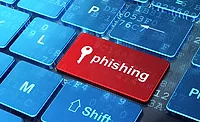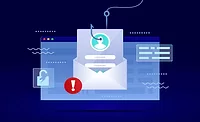Phishing attacks using unexpected methods to steal data

Image by Freepik
Netskope unveiled new research that shows how the prevalence of cloud applications is changing the way threat actors use phishing attack delivery methods to steal data.
The Netskope Cloud and Threat Report: Phishing details trends in phishing delivery methods, such as fake login pages and fake third-party cloud applications designed to mimic legitimate apps, the targets of phishing attacks, where the fraudulent content is hosted, and more.
Information presented in this report is based on anonymized usage data collected by the Netskope Security Cloud platform relating to a subset of Netskope users with prior authorization. Statistics in this report are based on the three months from July 1, 2022, through September 30, 2022.
Although email is still a primary mechanism for delivering phishing links to fake login pages to capture usernames, passwords, muti-factor authentication (MFA) codes and more, the report reveals that users are more frequently clicking phishing links arriving through other channels, including personal websites and blogs, social media, and search engine results. The report also details the rise in fake third-party cloud apps that trick users into authorizing access to their cloud data and resources.
Phishing Comes From All Directions
Traditionally considered the top phishing threat, 11% of the phishing alerts were referred from webmail services, such as Gmail, Microsoft Live, and Yahoo. Personal websites and blogs, particularly those hosted on free hosting services, were the most common referrers to phishing content, claiming the top spot at 26%.
The report identified two primary phishing referral methods: the use of malicious links through spam on legitimate websites and blogs and the use of websites and blogs created specifically to promote phishing content.
Search engine referrals to phishing pages have also become common, as attackers are weaponizing data voids by creating pages centered around uncommon search terms where they can readily establish themselves as one of the top results for those terms. Examples identified by Netskope Threat Labs include how to use specific features in popular software, quiz answers for online courses, user manuals for a variety of business and personal products, and more.
The Rise of Fake Third-Party Cloud Apps
Netskope’s report discloses another key phishing method: tricking users into granting access to their cloud data and resources through fake third-party cloud applications. This trend is particularly concerning because access to third-party applications is ubiquitous and poses a large attack surface. On average, end users in organizations granted more than 440 third-party applications access to their Google data and applications, with one organization having as many as 12,300 different plugins accessing data — an average of 16 plugins per user.
Over 44% of all third-party applications accessing Google Drive have access to either sensitive data or all data on a user’s Google Drive — further incentivizing criminals to create fake third-party cloud apps.
Additional key findings from the report include:
- Employees continue to click, and fall victim to malicious links. It is widely understood that it takes just one click to severely compromise an organization. While enterprise phishing awareness and training continue to be more prevalent, the report reveals that an average of eight out of every 1,000 end-users in the enterprise clicked on a phishing link or attempted to access phishing content.
- Users are being lured by fake websites designed to mimic legitimate login pages. Attackers primarily host these websites on content servers (22%), followed by newly registered domains (17%). Once users put personal information into a fake site or grant access to their data, attackers can capture usernames, passwords, and MFA codes.
- Geographic location plays a role in the access rate of phishing. Africa and the Middle East were the regions with the highest percentage of users accessing phishing content. In Africa, the percentage of users accessing phishing content is more than 33% above average; in the Middle East, it is more than twice the average. Attackers frequently use fear, uncertainty, and doubt (FUD) to design phishing lures and also try to capitalize on major news items. Especially in the Middle East, attackers appear to be having success designing lures that capitalize on political, social, and economic issues affecting the region.
Within the report, Netskope Threat Labs includes actionable steps organizations can take to identify and control access to phishing sites or applications, such as deploying a security service edge (SSE) cloud platform with a secure web gateway (SWG), enabling zero trust principles for least privilege access to data and continuous monitoring, and using Remote Browser Isolation (RBI) to reduce browsing risk for newly-registered domains.
Get the full Netskope Cloud and Threat Report: Phishing here.
Looking for a reprint of this article?
From high-res PDFs to custom plaques, order your copy today!







